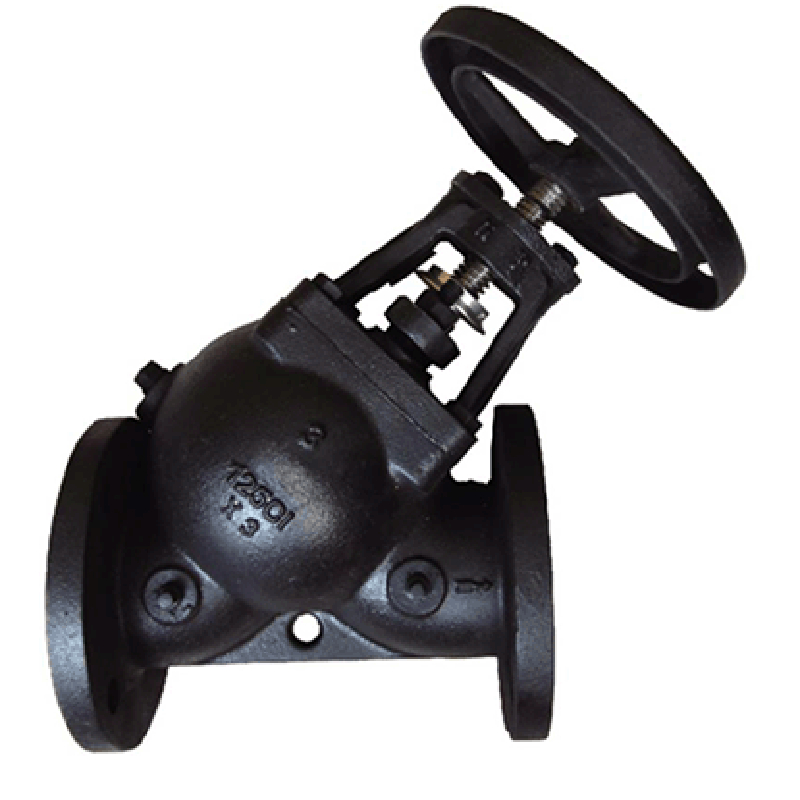10 月 . 20, 2024 12:57 Back to list
control valve
Understanding Control Valves The Heart of Process Control
Control valves are essential components in a variety of industrial processes. They serve as the fundamental means of regulating the flow, pressure, and temperature of fluids within piping systems. Understanding the function, types, and staging of control valves is paramount for engineers and technicians who work with process control systems.
What is a Control Valve?
A control valve is a mechanical device designed to modulate the flow of fluids. By adjusting the flow rate, control valves ensure that systems operate under specified conditions, allowing for optimal process control. They typically consist of an actuator, a valve body, a trim, and various accessories that help in the operation. The actuator is the component that moves the valve to change its position, thereby regulating the flow.
Types of Control Valves
Control valves can be classified into several types based on their design and application
1. Globe Valves These valves are recognized for their spherical body shape and are ideal for throttling purposes. Globe valves can efficiently regulate flow but have higher pressure drops compared to other types.
2. Ball Valves Featuring a spherical disc, ball valves allow for quick on/off control with minimal pressure drop. While they are not typically used for throttling, they are excellent for shut-off services.
3. Butterfly Valves With a circular disc that rotates to open or close the passage, butterfly valves are compact and advantageous for larger pipe diameters. They are often used in applications requiring a straight-line flow.
4. Gate Valves Gate valves are primarily used for on/off service. They allow full flow when open and are typically not used for throttling since they can cause turbulence.
5. Check Valves Though not control valves in the traditional sense, check valves are crucial for preventing backflow in systems, ensuring that fluid flows in one direction only.
The Role of Control Valves in Process Control
control valve

In industrial settings, control valves are vital for maintaining operational integrity. They are used in applications involving heating, cooling, mixing, and chemical reactions. For example, in a chemical processing plant, control valves regulate the flow of reactants, ensuring that the reaction takes place under optimal conditions. Similarly, in heating systems, control valves help maintain the desired temperature by adjusting the flow of steam or hot water.
Actuation and Control Strategies
The performance of control valves greatly depends on the type of actuator used. There are primarily two types of actuators
- Pneumatic Actuators These use compressed air to move the valve. They are commonly used in process industries due to their reliability and speed.
- Electric Actuators Utilizing electric motors, these actuators provide precise control and are suitable for applications requiring high accuracy.
Control strategies are also important when implementing control valves. Proportional, integral, and derivative (PID) control loops are commonly used to ensure optimal performance. These loops allow continuous adjustments based on feedback from process variables, such as pressure or flow rate.
Challenges and Considerations
While control valves are indispensable, there are challenges that industries must navigate. Issues such as cavitation, erosion, and thermal expansion can impact the performance and lifespan of control valves. Regular maintenance, including inspection and calibration, is necessary to mitigate these risks.
Another vital consideration is the selection process for control valves. Engineers must evaluate factors such as the type of fluid, pressure conditions, flow requirements, and the specific characteristics of the application. Properly selected and installed control valves can enhance system efficiency, reduce energy consumption, and improve safety.
Conclusion
Control valves are the heartbeat of many industrial processes, playing a crucial role in maintaining efficiency and safety within systems. By understanding their types, functions, and importance in real-time process control, professionals can ensure that these essential components contribute positively to operational success. Investing in the right control valve technology, coupled with thorough training and maintenance programs, will pave the way for smoother and more reliable industrial processes.
Share
-
Understanding the Differences Between Wafer Type Butterfly Valve and Lugged Butterfly ValveNewsOct.25,2024
-
The Efficiency of Wafer Type Butterfly Valve and Lugged Butterfly ValveNewsOct.25,2024
-
The Ultimate Guide to Industrial Swing Check Valve: Performance, Installation, and MaintenanceNewsOct.25,2024
-
Superior Performance with Industrial Swing Check Valve: The Essential Valve for Any SystemNewsOct.25,2024
-
Industrial Swing Check Valve: The Ideal Solution for Flow ControlNewsOct.25,2024
-
You Need to Know About Industrial Swing Check Valve: Functionality, Scope, and PerformanceNewsOct.25,2024